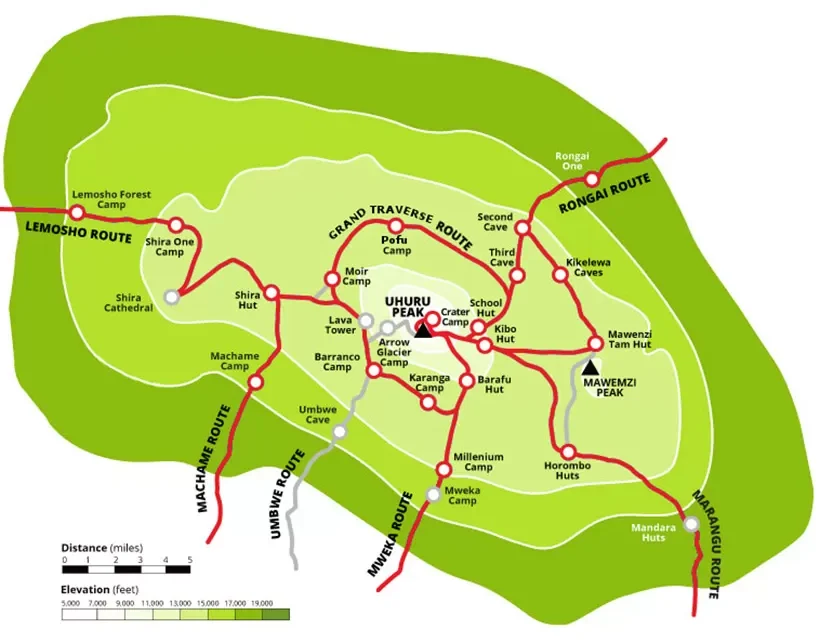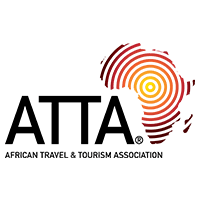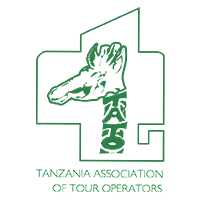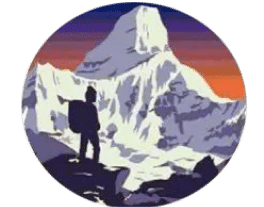Direct Booking?

Direct Booking?
Are you Umbwe enough? Karibu! Yes, that has been said before. The Umbwe route is the most challenging route to climb Kilimanjaro. But is it really? When comparing the many ways for climbing Kilimanjaro, opinions vary. Discussions regarding which path is more attractive, which is the most difficult, and which is the easiest. If you’re looking to read more about the Umbwe Route, you’ve come to the correct place.

The Umbwe Route spans 47.5 kilometres (29 miles) from gate to gate. This makes it the shortest and most difficult path on Kilimanjaro. Routes like as the Machame and Lemosho Routes provide better acclimatisation, however those who choose the Umbwe Route do so for a good reason: The challenge. The Umbwe Route can be completed in 6-7 days. 7 days includes an acclimatisation day at Barranco Camp.
We don’t need to remind you that the Umbwe Route is Kilimanjaro’s most difficult route. You know this, which is why you’re interested in the Umbwe in the first place. The Umbwe Route begins at the back of the little settlement of Umbwe and climbs fast to the Western Breach and Barranco Camp. On the first day, you climb 1,270 meters over a measly 9.2 kilometres. Umbwe’s fame is built on the first two sections, which take you into the deep rainforest. In that way, it is similar to the Machame Route. The Machame Route takes longer to get to Barranco Camp but offers for better acclimatisation with a stop at lava tower
The Umbwe Route is difficult, but beyond Barranco Camp, it follows the same trails as those who do the Lemosho or Machame routes. Barranco also provides a rest day for those taking the 7-day course. This is badly required because the 6-day version of the Umbwe Route is too difficult for around half of the climbers who attempt it. The 7-day Umbwe has a success rate of approximately 70%. Now you understand why it is difficult. It is not for technological reasons or because of survival of the fittest. No, it is a survival of the most adapted. If you know that you adjust to elevations well, the Umbwe Route could be a great.
Kilimanjaro is accessible for trekking and climbing throughout the year, with no seasonal restrictions. However, some months are better than others. The wet season, which lasts from April to May and November to December, creates less favourable conditions. In contrast, the dry season, which runs from January to March and June to October, is said to be better suited for expeditions. As a result, the Umbwe Route is best enjoyed during the dry season, even if it is busier. Consider taking on the Umbwe Route during the wet season for a gentler Kilimanjaro ascent.
Trekking the Kilimanjaro demands proper equipment. Especially the basics, such as an 80-90 L backpack and high-quality trekking socks. We strongly advise that you read our suggested packing list before hiking the Umbwe Route.




Tailor Made your Trekking

2024/2025 >> Click Here

